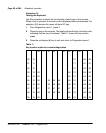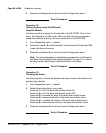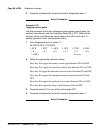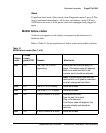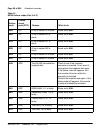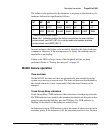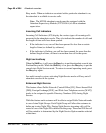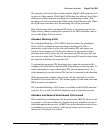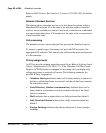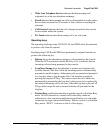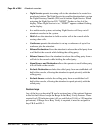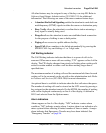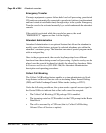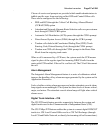
Page 90 of 504 Attendant consoles
553-3001-367 Standard 3.00 August 2005
Busy mode. When an indicator associated with a particular attendant is on,
the attendant is available to service calls.
Note: The M2250 attendant console must be equipped with the
Attendant Supervisory Module (NT7G10AA) to allow attendant
supervision.
Incoming Call Indicators
Incoming Call Indicators (ICI) display the various types of incoming calls
presented to the attendant console. They also indicate the number of calls and
the length of time calls have been queued.
• If the indicator is on, one call has been queued for less than a certain
length of time (as defined by software).
• If the indicator is flashing, one call has been queued for more than the
defined length of time, or there is more than one call in the queue.
Night service/busy
When the Shift key is off, press the Busy key to put the attendant console into
Position Busy mode. When the Shift key is on, press the Busy key to put the
console into Night Service mode. To return to normal operating mode, press
the Busy key again.
In a multi-console system, activating Night Service mode will busy out all
attendant consoles in the system.
Enhanced Night Service
This feature allows Public Network (Central Office [CO], Direct Inward Dial
[DID], Foreign Exchange [FEX], and Wide Area Telephone service [WAT])
trunks to be assigned to specific Directory Numbers (DN) during Night
Service.
With this feature each customer will be able to assign Public Network trunks
to one of nine Night Groups. Each Night Group will allow the customer to
define up to nine Night DNs. During Night Service incoming calls will be
routed to one of the Night DNs defined for the group. The actual DN the call
will be routed to is determined by the Night Service Option number selected
at that time.



